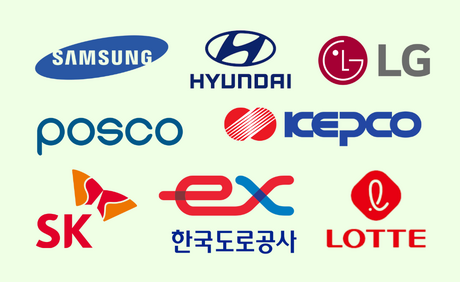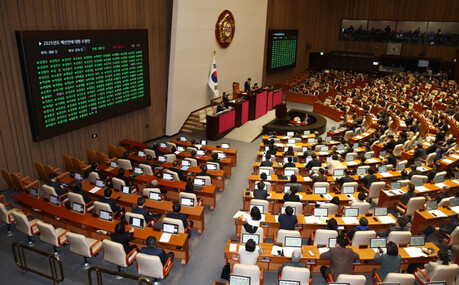
SEOUL, South Korea – The South Korean shipbuilding industry is witnessing a surge of optimism as India unveils an ambitious plan to invest $10 billion (approximately ₩13.67 trillion) in establishing its own crude oil tanker fleet. This significant investment, aimed at securing its energy supply, presents a substantial opportunity for Korean shipbuilders, even as India emphasizes domestic construction. While India intends to build all vessels within its borders, the likelihood of procuring crucial components like engines from South Korean companies remains high.
India, the world's third-largest crude oil importer, plans to commission 112 oil tankers by 2040. This initiative is a strategic response to its remarkably low domestic vessel ownership, which currently stands at just over 5% of its total crude oil import capacity. The Indian government aims to drastically increase this figure to 69% by 2047, a key component of its broader "Maritime Amrit Kaal Vision 2047" and Sagarmala Programme, designed to transform India into a global shipbuilding and ship repair hub.
Despite India's strong push for self-reliance under its "Make in India" policy, South Korean enterprises are well-positioned to benefit significantly. Indian shipyards, predominantly state-owned entities such as Cochin Shipyard, Mazagon Dock Shipbuilders, and Garden Reach Shipbuilders & Engineers, primarily focus on smaller to medium-sized vessels and naval ships. They currently lack the extensive experience and capacity required for constructing large, complex crude oil carriers like Very Large Crude Carriers (VLCCs) or Suezmax tankers. This technological gap necessitates international collaboration, particularly for advanced components and design expertise.
In a proactive move, HD Hyundai Heavy Industries (HD HHI) is reportedly reviewing plans for a joint venture shipyard in Thoothukudi, a port city in Tamil Nadu, in collaboration with India's state-owned Cochin Shipyard. This potential partnership aligns with India's strategy to attract foreign investment and cutting-edge technology to bolster its shipbuilding infrastructure. Furthermore, Samsung Heavy Industries and Hanwha Ocean have been engaged in ongoing cooperation discussions with an Indian shipbuilding delegation, which included Additional Secretary Al Lakshmanan of the Ministry of Ports, Shipping and Waterways, following their visit to Korea last year. These discussions signal a broader interest from India in leveraging Korean expertise across various facets of its maritime expansion, including technology transfer and specialized component supply.
An official from the South Korean shipbuilding industry stated, "India, with its relatively insufficient shipbuilding capabilities, will inevitably have to rely on overseas sources for core components such as engines to build a large fleet of this scale." However, reaching agreements on localized shipyard investment and technology transfer, as desired by India, is expected to be a protracted process.
South Korean shipbuilders are global leaders in exporting critical marine equipment, particularly ship engines. HD Hyundai Heavy Industries' exports of ship engines and related components amounted to a substantial ₩3.035 trillion last year. HD Hyundai Marine Solution, which specializes in medium-sized diesel engines and dual-fuel engines for ships, recorded exports of ₩158.4 billion for ship engines and parts last year. Hanwha Engine, another key player in marine engine manufacturing and sales, achieved an impressive ₩1.1132 trillion in exports last year.
These figures underscore the technological prowess and market dominance of South Korean companies in the specialized field of marine engine production. As India seeks to enhance its energy security and reduce reliance on foreign-owned vessels for its critical oil imports, the demand for advanced and reliable marine engines will be paramount. This makes South Korean manufacturers indispensable partners in India's ambitious journey to revolutionize its maritime capabilities by 2040. The coming years will reveal the full extent of this strategic partnership's impact on both nations' industrial landscapes.
[Copyright (c) Global Economic Times. All Rights Reserved.]






























